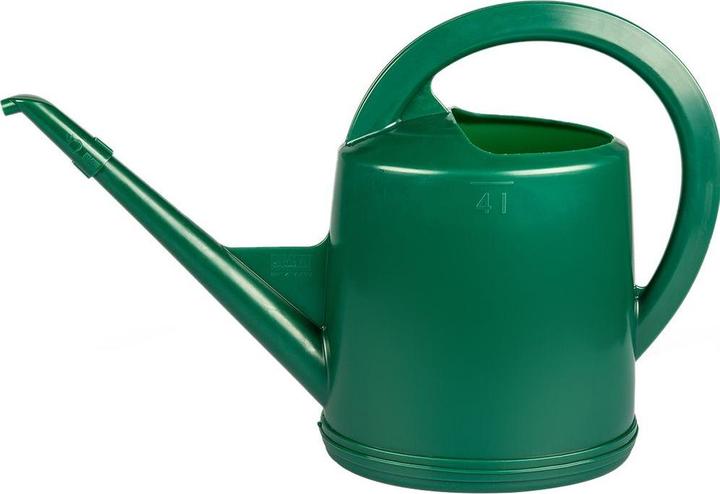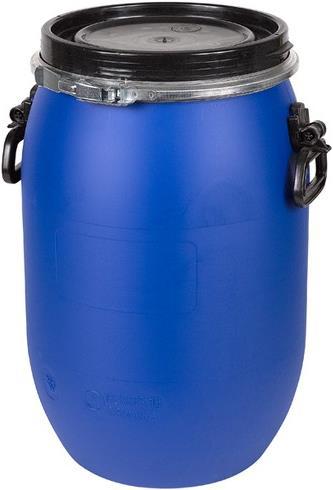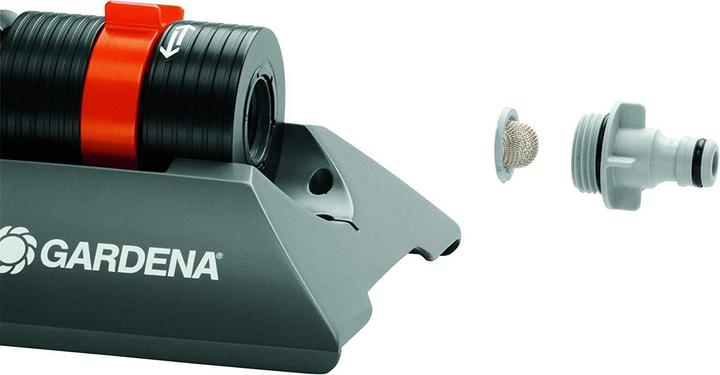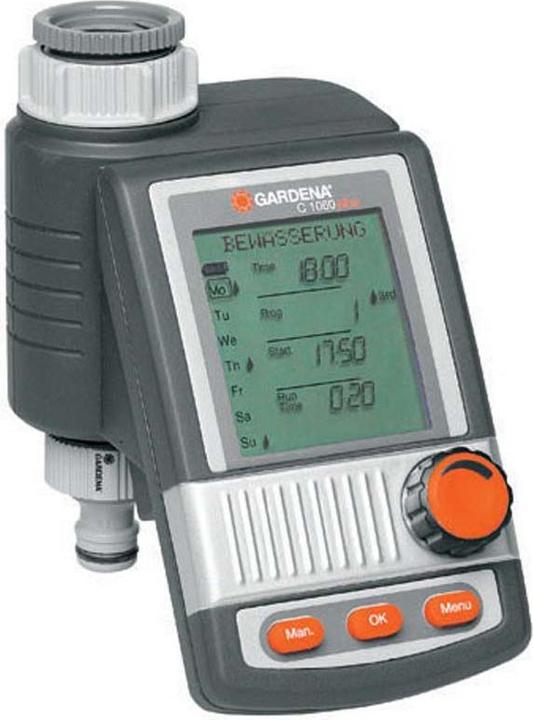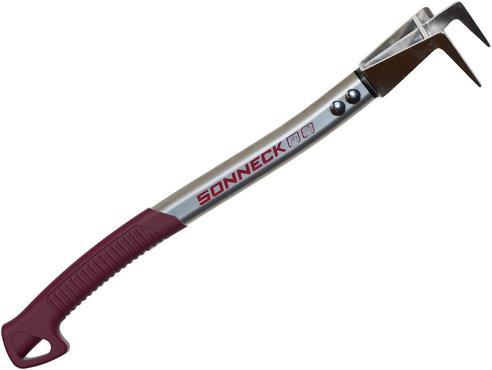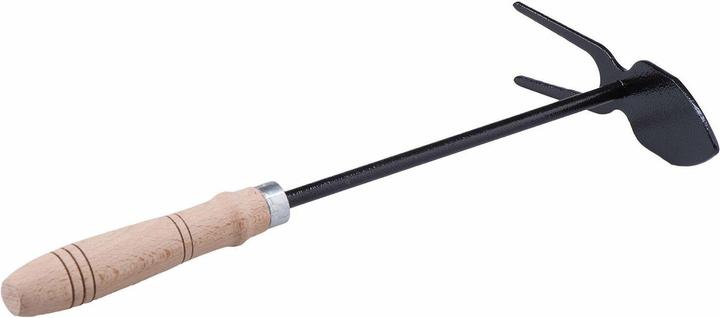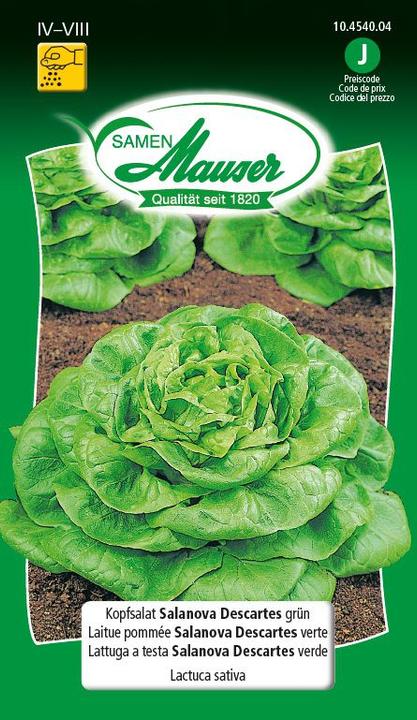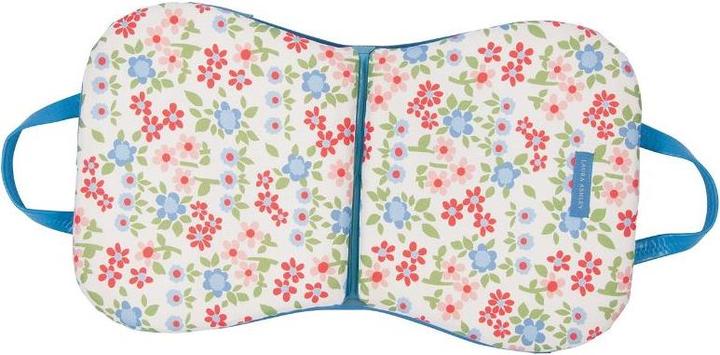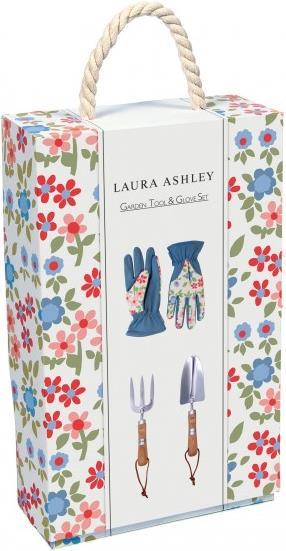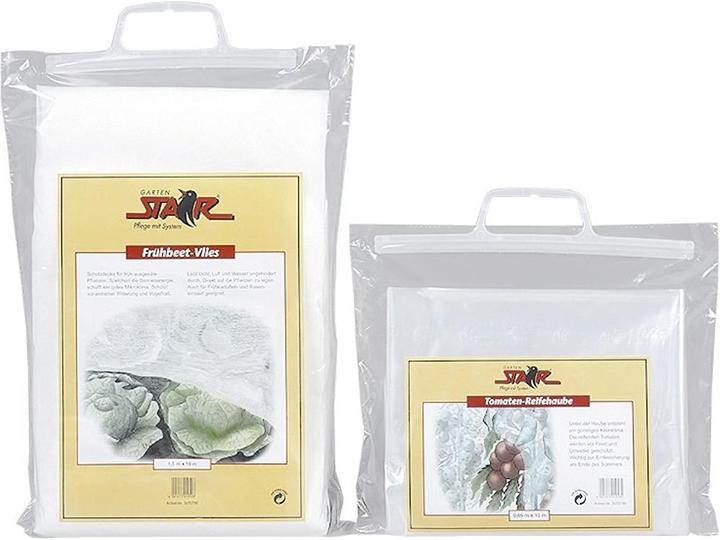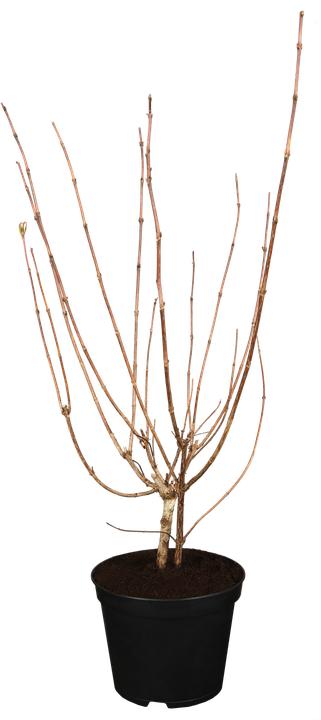

Garden calendar: June
If you haven't put on gardening gloves yet, you're not a gardener! But maybe you want to become one? With our ideas for June, we give you some inspiration and tips along the way.
Planning
General
In June and July, the topic of watering is the order of the day: during the hot months, your plants need regular support, especially if it hasn't rained for a while.
Watering can
Therefore, we would like to recommend the watering can without obligation. We use two different sizes at home: The 12-litre can provides plenty of water - but delicate seedlings would be washed away with it. I much prefer to use the 4-litre can there.
Hose
Rain barrel
Automatic irrigation
If you have a garden and still want to go on holiday, then you either need nice neighbours. Or you can rely on automatic irrigation. At this point, we'll just say that Galaxus has it. We will provide a detailed test of an irrigation system soon.
Weed, weed, weed
It's best to go round once a week in June and weed out unwanted plants. Your best friend for this work is undoubtedly a weeder: thanks to its slim shape, it can also be used to tackle the taproots of dandelions & Co.
.
Plants
Now in the bed
If you have planted seedlings and grown them indoors or in a raised bed, you can now plant them in the bed.
Thinning out vegetables
If you have sown vegetables or herbs yourself, you now need to thin out the young plants. Proceed strictly according to Darwin: "survival of the fittest". In other words, identify the strongest plants and weed out smaller or weaker specimens. Sounds mean, but you have to do it so that the larger plant can develop properly. It's better to have a few beautiful plants rather than lots of small specimens that get in each other's way.
Hill peas & Co
If you've planted peas like we did, June is the time to huddle them. As a rule of thumb, you can top-dress when the pea plant has grown to a height of around 20 cm. It improves the stability of the plant and helps it to develop more and stronger roots. Incidentally, mounding helps many vegetable plants because the stronger roots allow them to absorb more nutrients.
Protecting berry bushes
Berries not only like to end up in children's mouths, but also in the beaks of birds. If you want to prevent feathered friends from plundering your fine redcurrants, you can easily keep them away with a net or thin fleece.
Cut back early summer bloomers
Fuchsbaumzünsler, aphids and other pests
The Federal Office for Agriculture maintains a list of effective and authorised antidotes here.
Propagating strawberries
Now there are two options. Either you let the new strawberry take root in the soil. Once it has grown vigorously, carefully dig it out or cut the connection to the parent plant.
Fried elderflowers
A neighbour asked us if he could pick some blossoms from our lush elderberry tree. Not to make syrup, but to bake deep-fried elderflowers. Of course, I had to try it out straight away. The recipe is simple and the comments are very promising!
A ❤️ for animals
Remember how I talked about the cairn in April? Our pile of stones has already become a real spider paradise. I'm now depositing larger stones in a second corner and I'm curious to see whether lizards will eventually discover the housing offer.
An insect hotel was also on my to-do list. I didn't want to buy one, but simply used a wooden frame into which I drilled holes of various sizes (3 mm - 8 mm). If you would rather buy an insect hotel, I recommend the ready-made box from "Wildbiene + Partner". You will then be sent a tube with a new population every year.
I'm the master tamer at the flea circus that is the editorial team, a nine-to-five writer and 24/7 dad. Technology, computers and hi-fi make me tick. On top of that, I’m a rain-or-shine cyclist and generally in a good mood.
Interesting facts about products, behind-the-scenes looks at manufacturers and deep-dives on interesting people.
Show all
